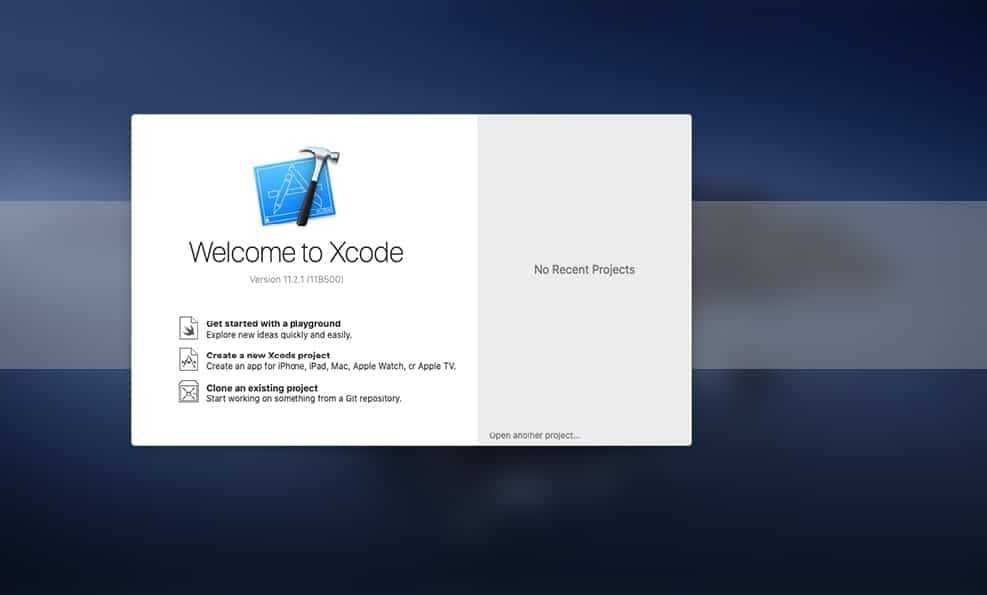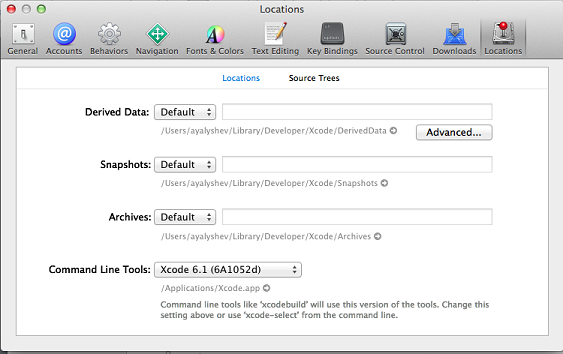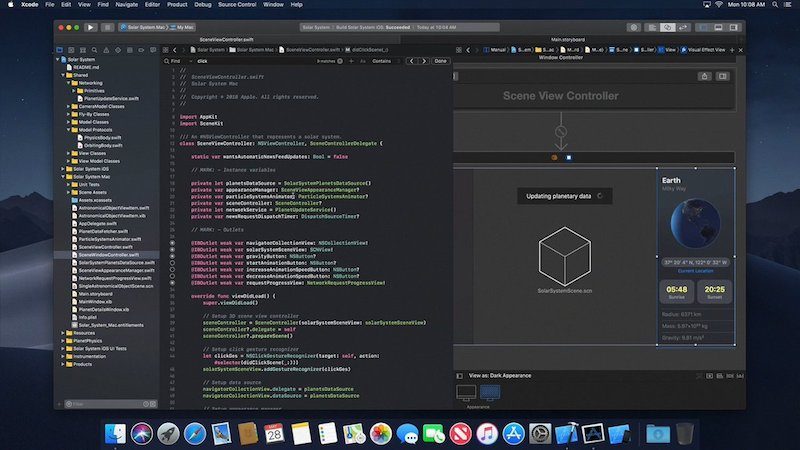
If you’re on macOS Monterey or earlier, you’ll find this at System Preferences > Software Update. On macOS Ventura or later, go to System Settings > General > Software Update.

The popular Mac package manager, Homebrew, is indispensable for those needs. Often, developers will need even more programming languages and utilities than are installed even with Apple’s offering. The other two methods are done from Terminal. If you’re going to be using the Xcode IDE, installing that package from the Mac App Store will also install the command line tools. There are three main ways to install the tools you need. Three Ways to Install Xcode Command Line Tools If you want to see everything included in the Xcode Command Line Tools, you can either browse the contents of its directory (/Library/Developer/CommandLineTools/usr/bin/) or visit this page for a list. The tools you need to work with these programming environments comes with the suite, along with much more. Some of the programming languages supported by the Xcode Command Line tools include C, Cpp, Python, Ruby and more. These Unix-based tools include compilers, linkers, and version control utilities. What’s Included In the Installation?ĭevelopers often rely on tools that run on the command line, in the Terminal application. Read along as I outline several options for getting your Mac ready for software development. For these, you need to know how to install the Xcode Command Line tools.

If you’re looking to begin software development on a Mac, though, there are programming languages and utilities that aren’t installed in macOS by default.

Its Unix underpinnings make it a terrific platform for software development in Python, Ruby and more.

Many developers of all sorts enjoy coding on Macs.


 0 kommentar(er)
0 kommentar(er)
